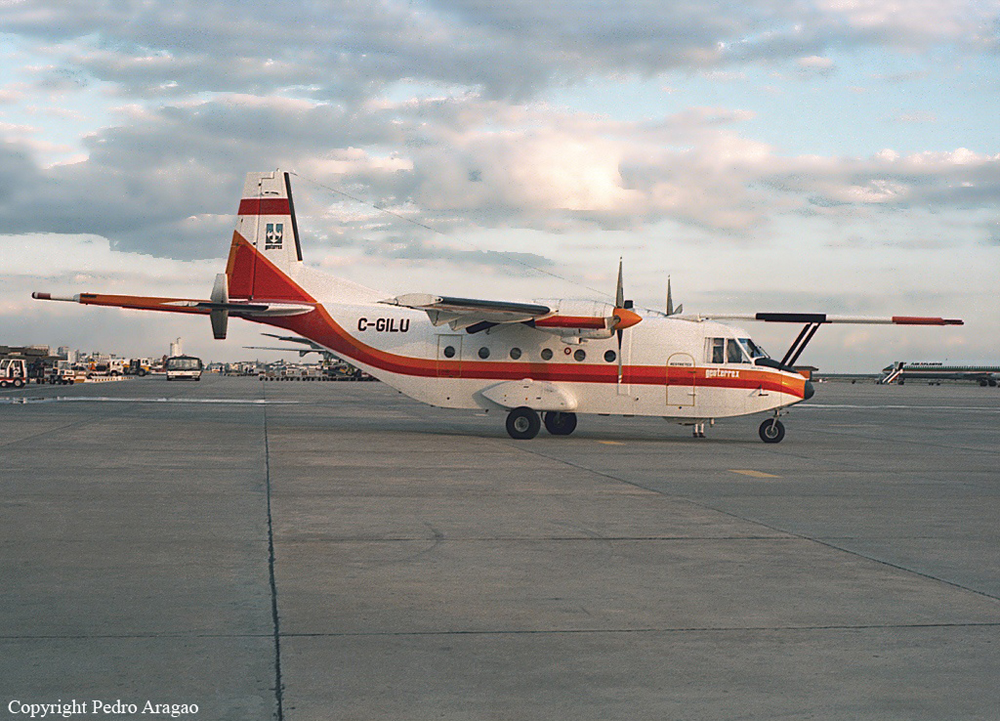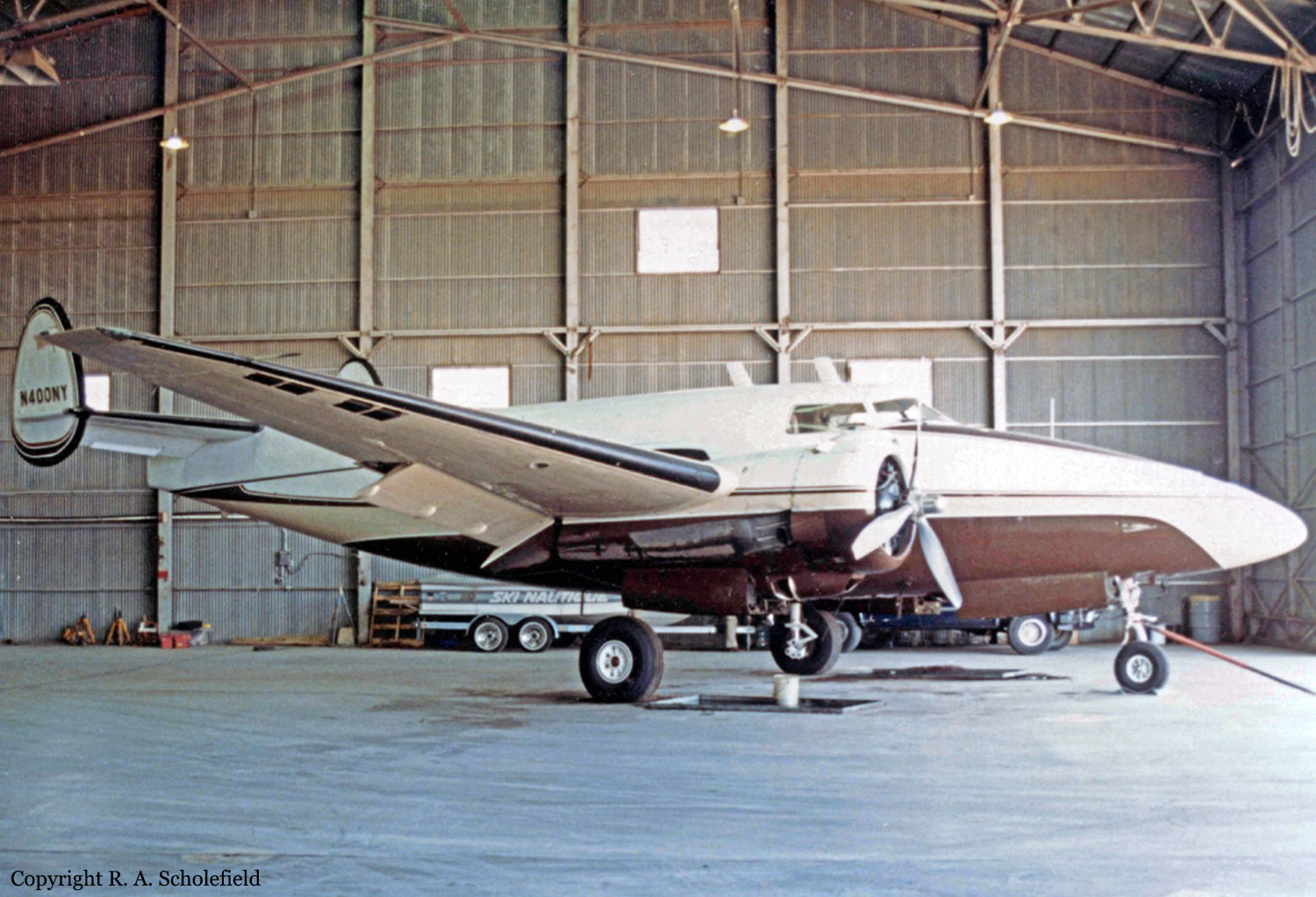Crash of a NAMC YS-11A-300F in West Lafayette: 2 killed
Date & Time:
Mar 15, 1989 at 0726 LT
Registration:
N128MP
Survivors:
No
Schedule:
Terre Haute - West Lafayette
MSN:
2139
YOM:
1970
Crew on board:
2
Crew fatalities:
Pax on board:
0
Pax fatalities:
Other fatalities:
Total fatalities:
2
Captain / Total hours on type:
2097.00
Aircraft flight hours:
24088
Circumstances:
An IFR flight was terminated with a visual approach. Conditions were conducive to airframe icing. The aircraft was being positioned empty, with a cg at 22.1% mac. On short final, at approximately 400 feet agl, 35° of landing flap was selected. The aircraft was observed to pitch downward to an unusual attitude and to enter a steep descent. A partial recovery was observed before the aircraft impacted a dirt hill 500 feet short of runway 28. Examination of the airframe after the accident revealed 1/2 to 3/4 inch of rime ice adhering to the leading edge of the horizontal stabilizer. No ice was found on any other portion of the airframe. Evidence in the cockpit indicated that engine, pitot, and windshield anti-ice systems were on, but wing/empennage deice was off. No evidence of a powerplant or systems malfunction was found. Both pilots were killed.
Probable cause:
A loss of control due to the improper inflight decisions by the crew and the undetected accumulation of ice on the leading edge of the horizontal stabilizer, during flight in a forward center of gravity condition and exacerbated by the extension of full landing flaps.
Final Report:









